Astronauts return after circling Earth thousands of times while stuck in space
The astronauts were stranded on the International Space Station after their return capsule was hit by space junk
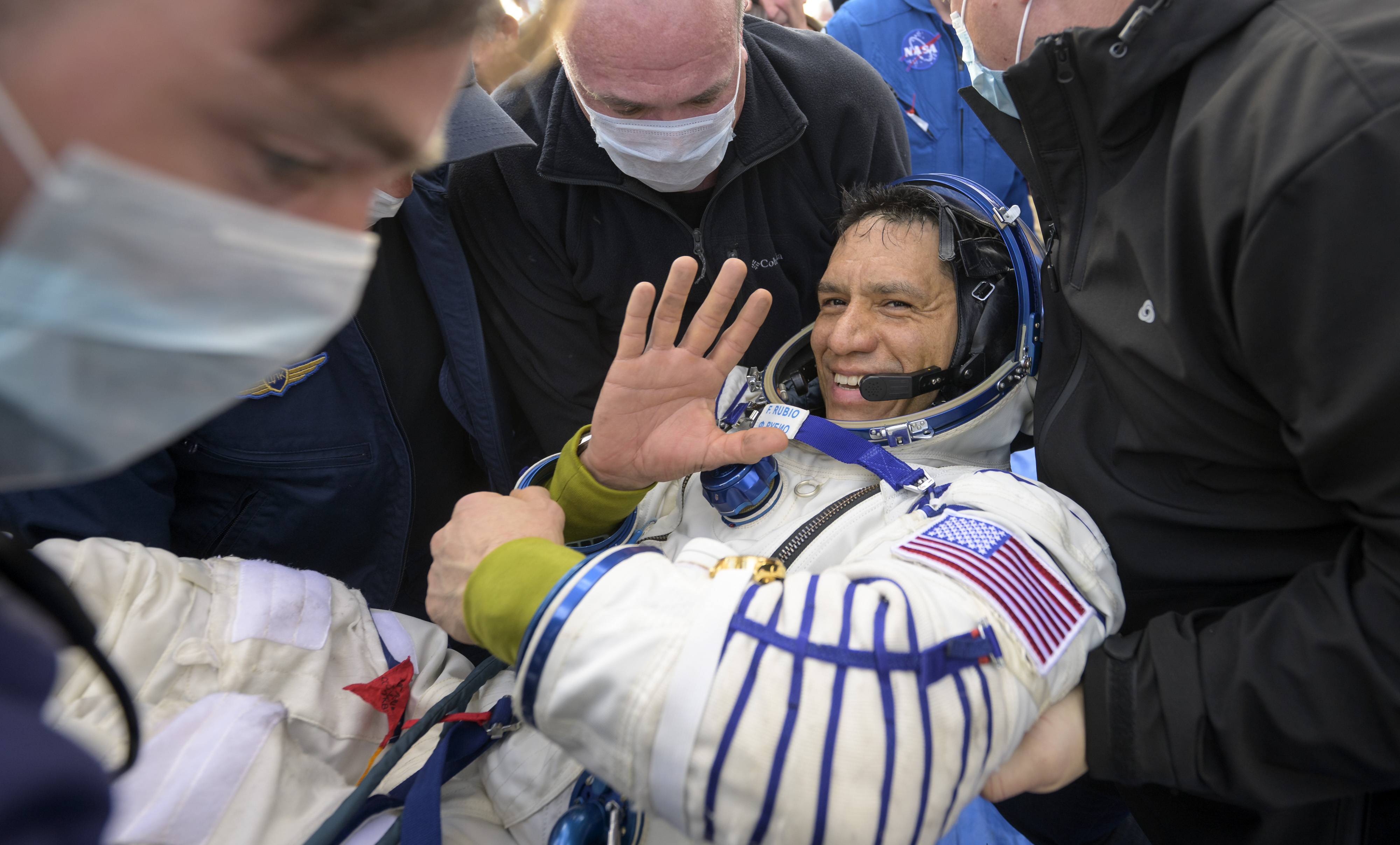
One American and two Russian astronauts have finally returned to Earth after being stuck in space for over a year.
Nasa's Frank Rubio and the Roscosmos cosmonauts Sergey Prokopyev and Dmitri Petelin landed in a remote area of Kazakhstan yesterday. They returned in a Soyuz capsule that was "rushed up as a replacement" after their original was hit by space junk and lost all its coolant while docked to the International Space Station, reported The Associated Press.
The coolant leak was discovered in December 2022, some three months after the crew had left Earth from the Baikonur Cosmodrome in Kazakhstan.
The Week
Escape your echo chamber. Get the facts behind the news, plus analysis from multiple perspectives.

Sign up for The Week's Free Newsletters
From our morning news briefing to a weekly Good News Newsletter, get the best of The Week delivered directly to your inbox.
From our morning news briefing to a weekly Good News Newsletter, get the best of The Week delivered directly to your inbox.
Engineers feared that without the coolant, the capsule's electronics and any occupants could overheat to "dangerous levels", leaving the men without a safe way to return to Earth. A replacement Soyuz spacecraft had to be sent to the ISS, which finally arrived in February.
Rubio, Prokopyev and Petelin still had to wait for their relief crew who would take over their duties on the ISS, explained Space.com – "and that new trio couldn't lift off until yet another Soyuz was ready". Their replacements, Nasa's Loral O'Hara and Russia's Oleg Kononenko and Nikolai Chub, arrived at the ISS just over two weeks ago.
The trip, originally planned to be 180 days long, turned into a 371-day stay – an "unexpected adventure" that meant Rubio set the record for the longest US spaceflight, previously set by Mark Vande Hei in 2022, said The Telegraph. The longest-ever spaceflight by a human, however, was set in 1995 by Russian cosmonaut Valeri Polyakov, who spent 437 days aboard the Mir Space Station.
The men had spent so much time in a low gravity environment that they had to be "lifted out of the capsule by the recovery teams" on their arrival back on Earth, said the BBC.
A free daily email with the biggest news stories of the day – and the best features from TheWeek.com
But Rubio's "extended trip in space" will provide "valuable insights into how humans can cope with long-duration spaceflight" after he became the first astronaut to participate in a study examining how exercising with limited gym equipment can affect the human body. Such a study could provide "vital" information "as humans set their sights" on sending crews on missions to planets as far away as Mars – a journey that could take over three years.
During the mission, Rubio and his crewmates "completed about 5,936 orbits aboard the space station", said The New York Times, and travelled more than "157 million miles, roughly the equivalent of 328 trips to the Moon and back".
Sorcha Bradley is a writer at The Week and a regular on “The Week Unwrapped” podcast. She worked at The Week magazine for a year and a half before taking up her current role with the digital team, where she mostly covers UK current affairs and politics. Before joining The Week, Sorcha worked at slow-news start-up Tortoise Media. She has also written for Sky News, The Sunday Times, the London Evening Standard and Grazia magazine, among other publications. She has a master’s in newspaper journalism from City, University of London, where she specialised in political journalism.
-
 Farage’s £9m windfall: will it smooth his path to power?
Farage’s £9m windfall: will it smooth his path to power?In Depth The record donation has come amidst rumours of collaboration with the Conservatives and allegations of racism in Farage's school days
-
 The issue dividing Israel: ultra-Orthodox draft dodgers
The issue dividing Israel: ultra-Orthodox draft dodgersIn the Spotlight A new bill has solidified the community’s ‘draft evasion’ stance, with this issue becoming the country’s ‘greatest internal security threat’
-
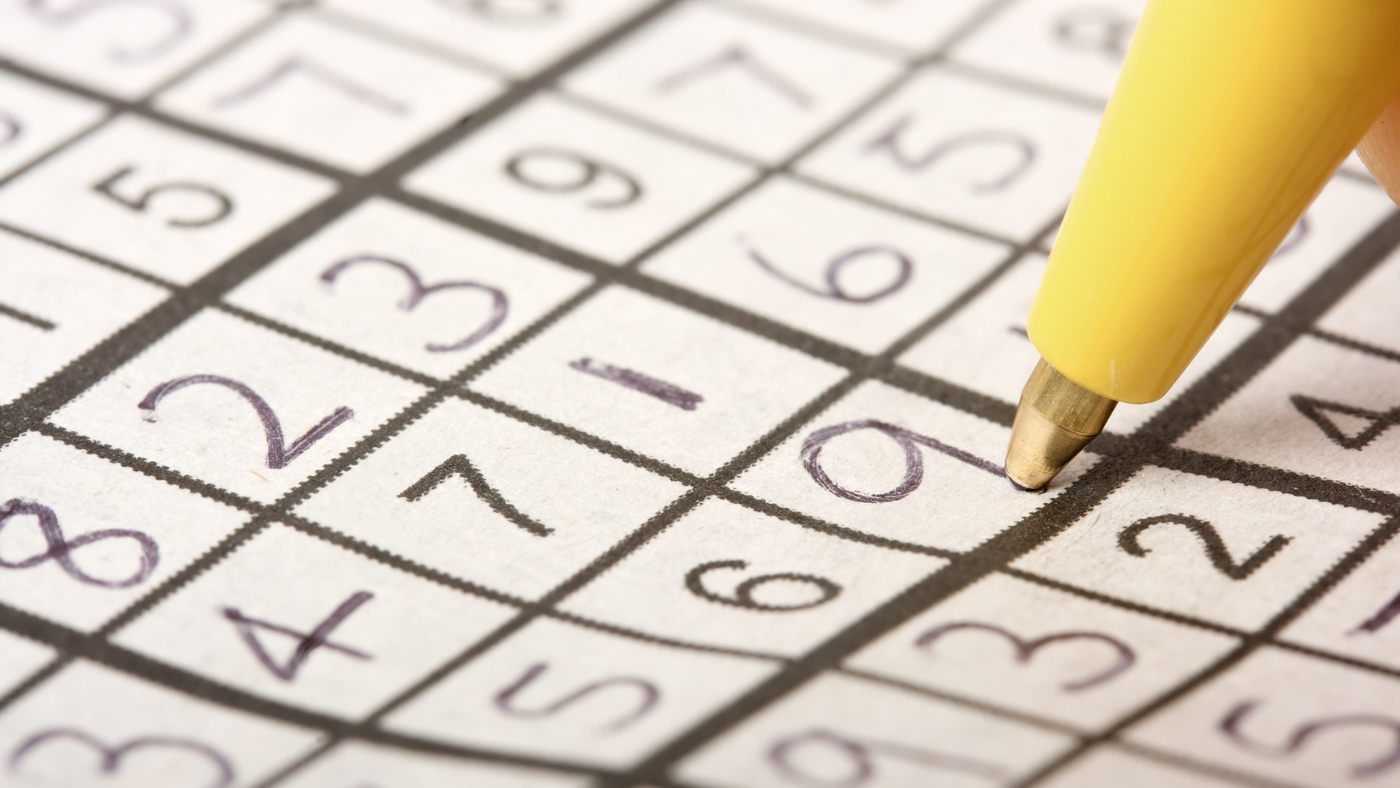 Sudoku hard: December 13, 2025
Sudoku hard: December 13, 2025The daily hard sudoku puzzle from The Week
-
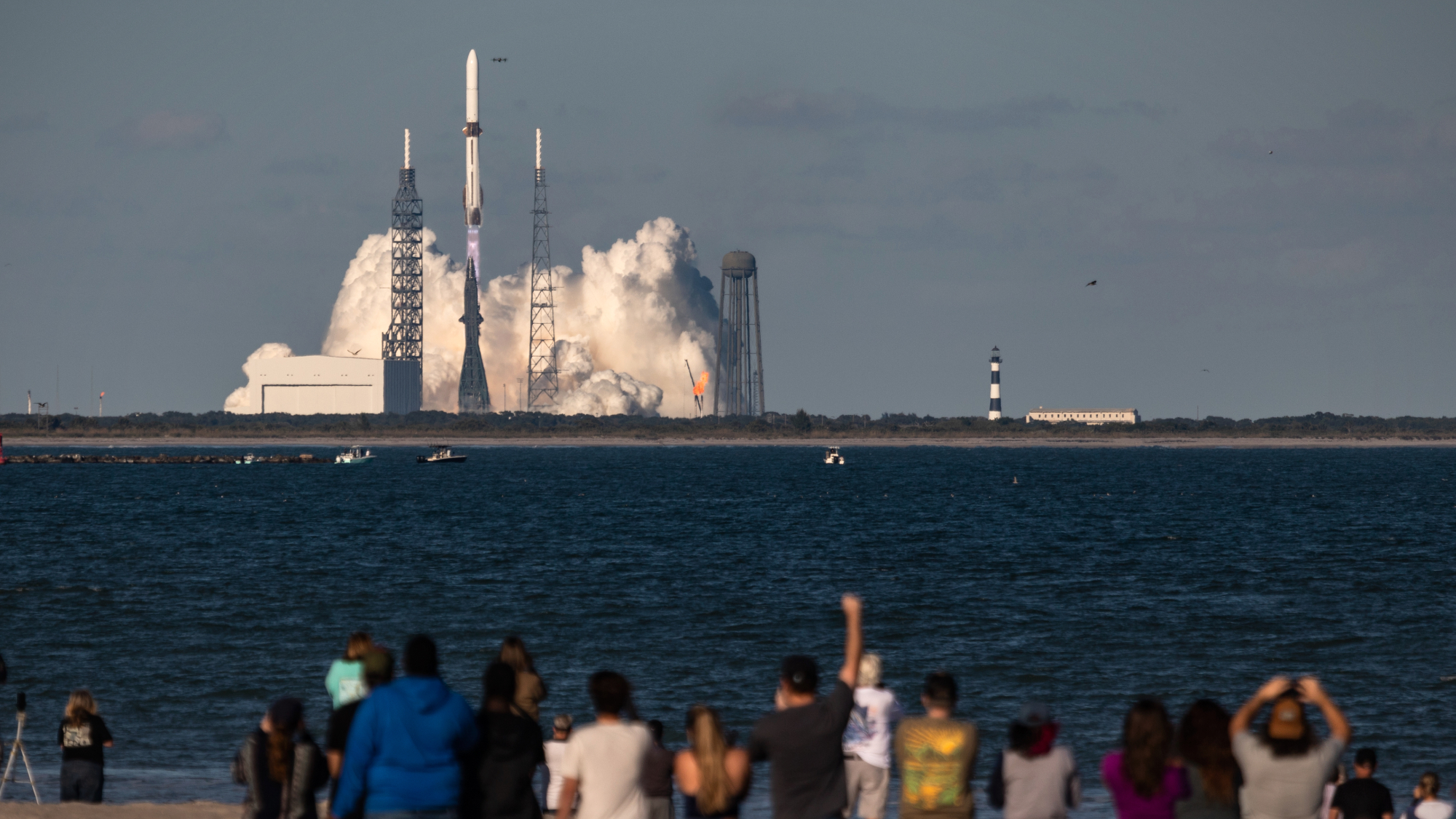 Blue Origin launches Mars probes in NASA debut
Blue Origin launches Mars probes in NASA debutSpeed Read The New Glenn rocket is carrying small twin spacecraft toward Mars as part of NASA’s Escapade mission
-
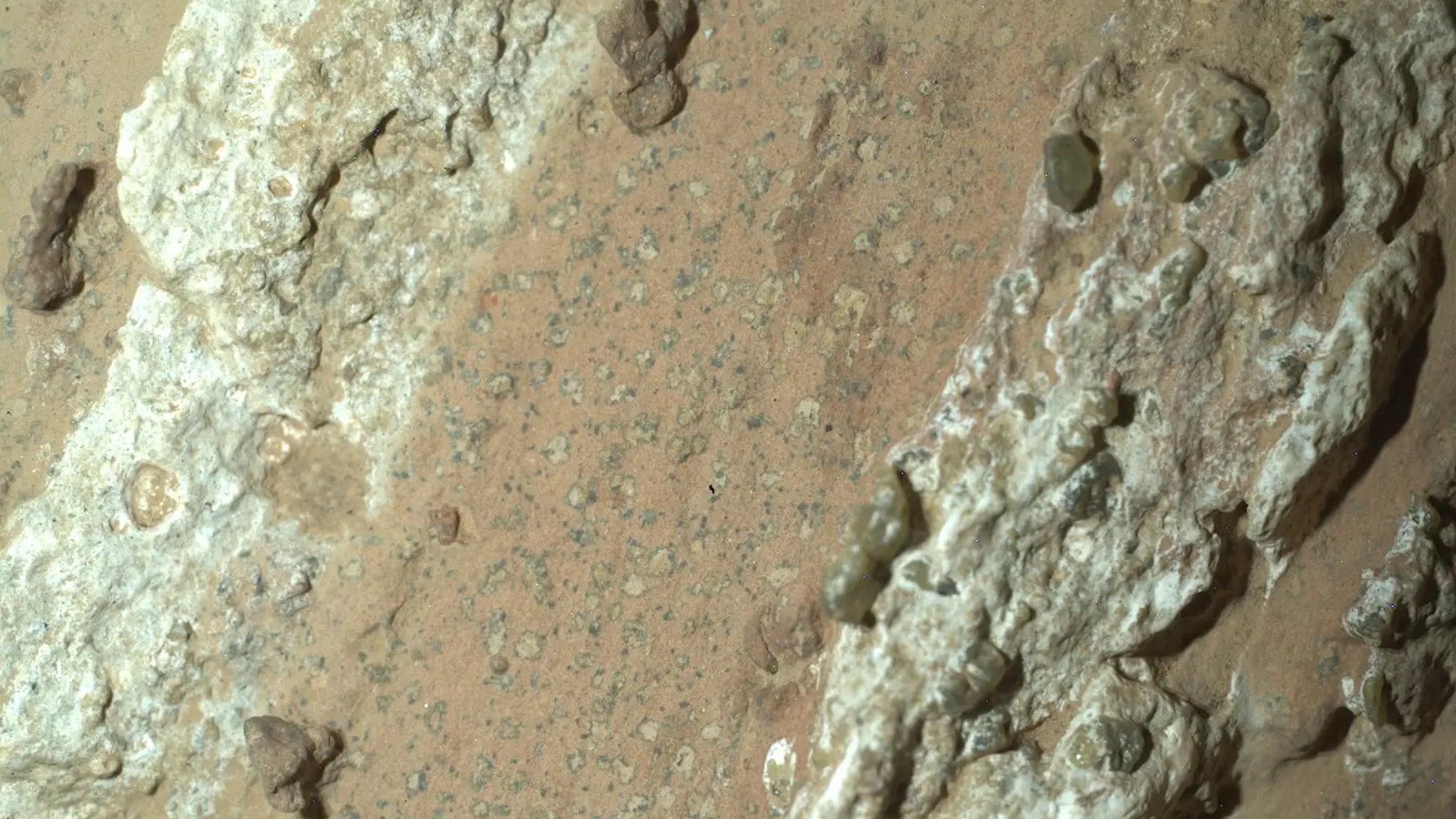 NASA reveals ‘clearest sign of life’ on Mars yet
NASA reveals ‘clearest sign of life’ on Mars yetSpeed Read The evidence came in the form of a rock sample collected on the planet
-
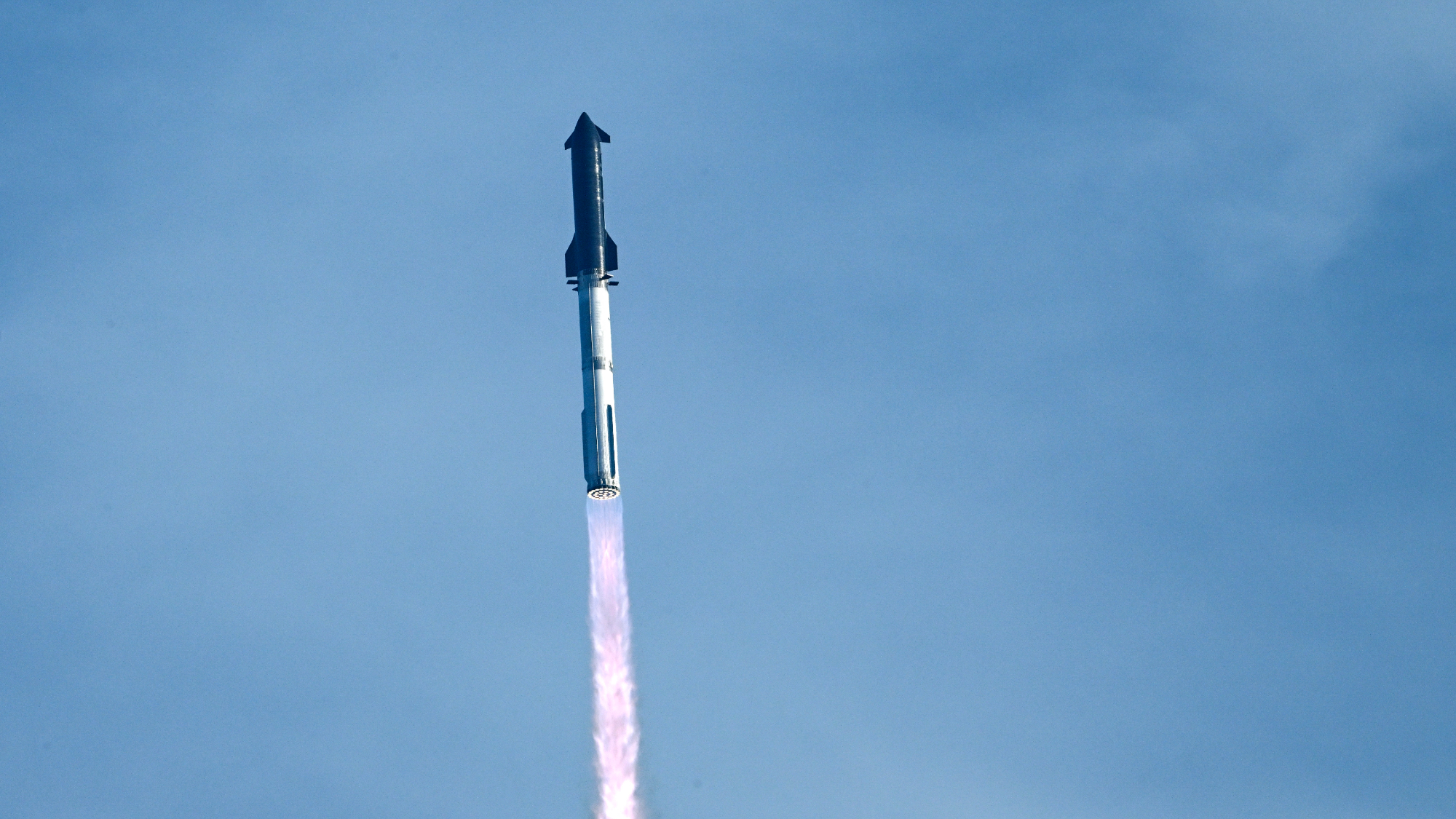 SpaceX breaks Starship losing streak in 10th test
SpaceX breaks Starship losing streak in 10th testspeed read The Starship rocket's test flight was largely successful, deploying eight dummy satellites during its hour in space
-
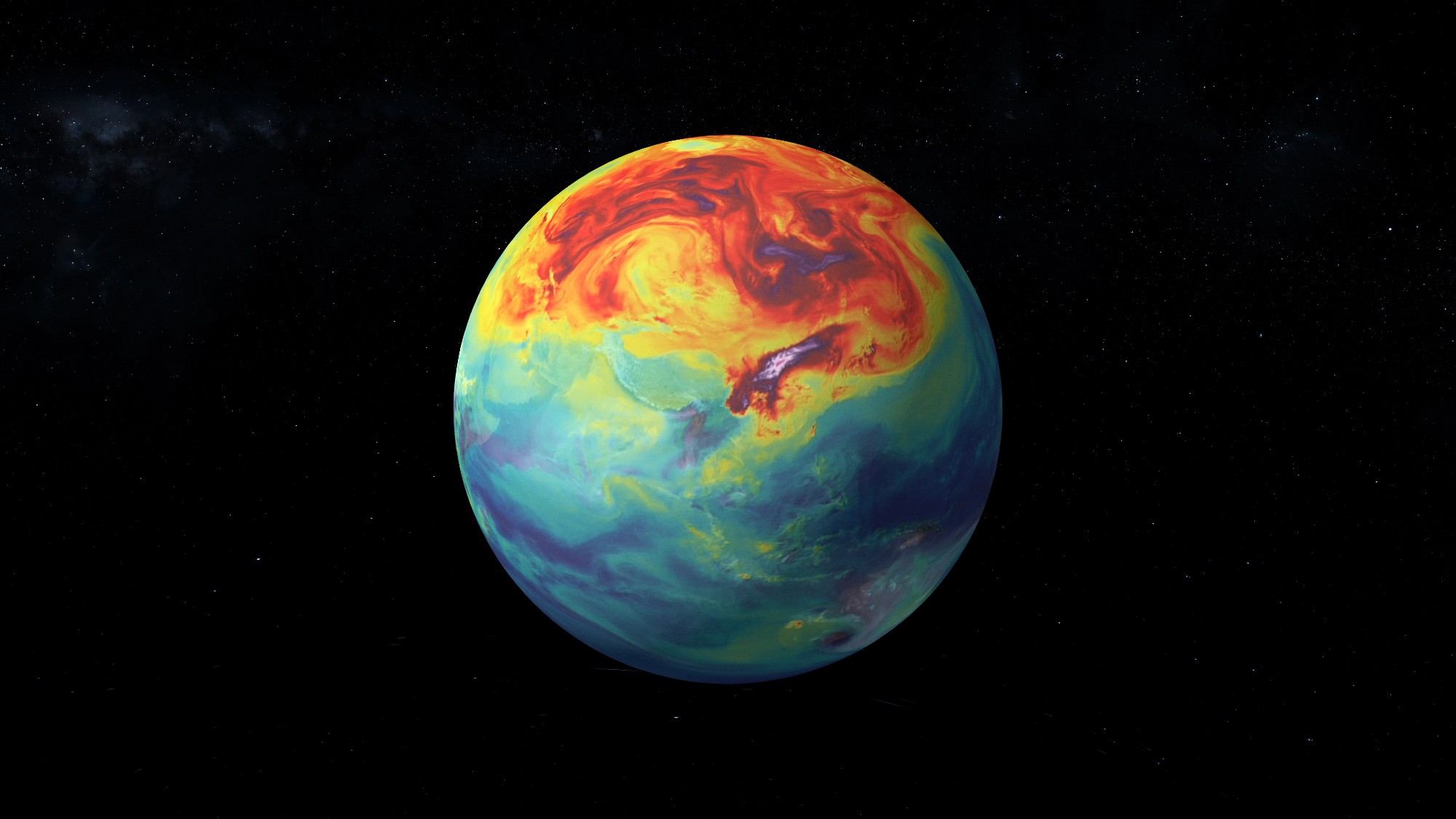 NASA is moving away from tracking climate change
NASA is moving away from tracking climate changeThe Explainer Climate missions could be going dark
-
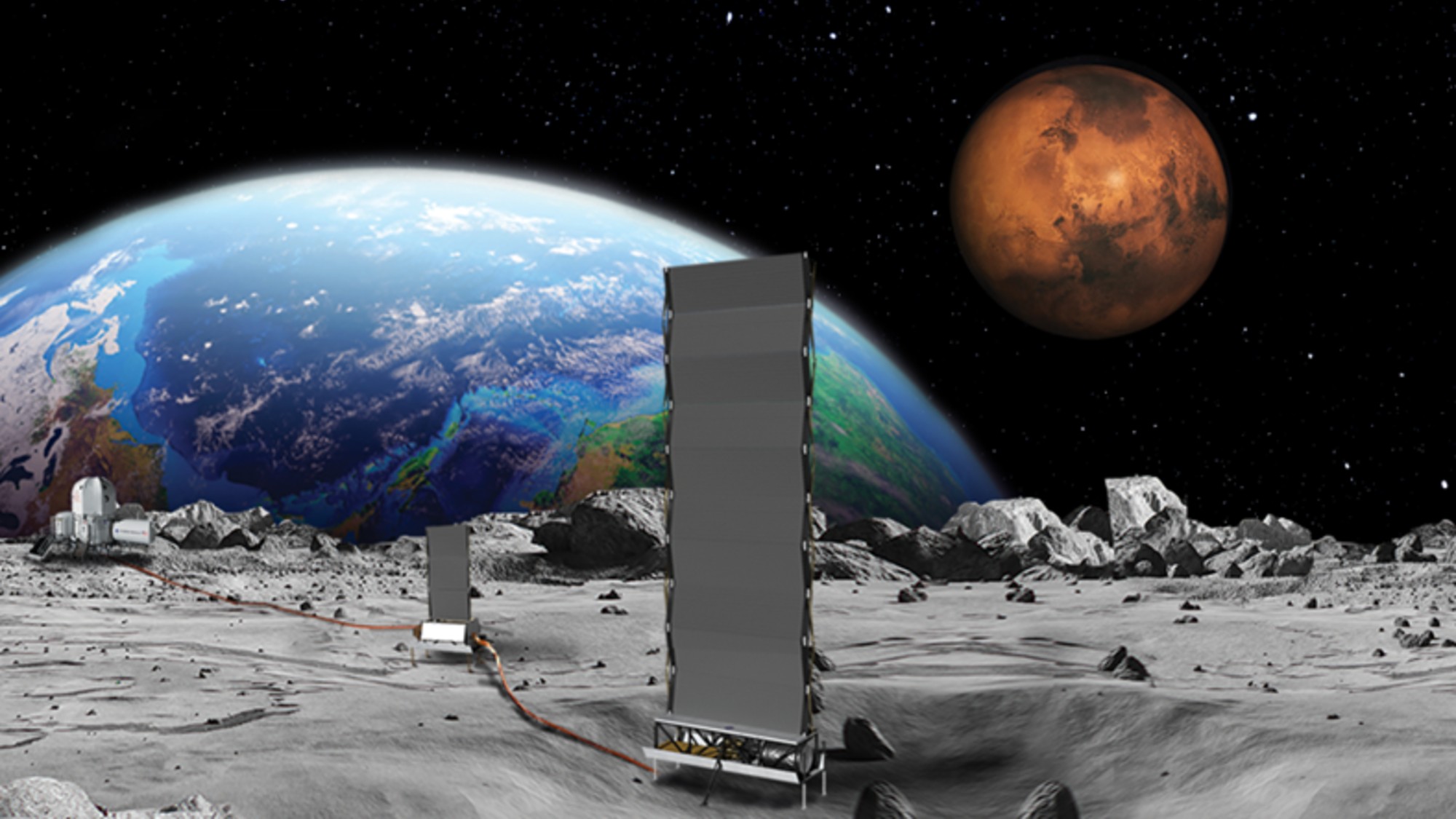 Why does the US want to put nuclear reactors on the moon?
Why does the US want to put nuclear reactors on the moon?Today's Big Question The plans come as NASA is facing significant budget cuts
-
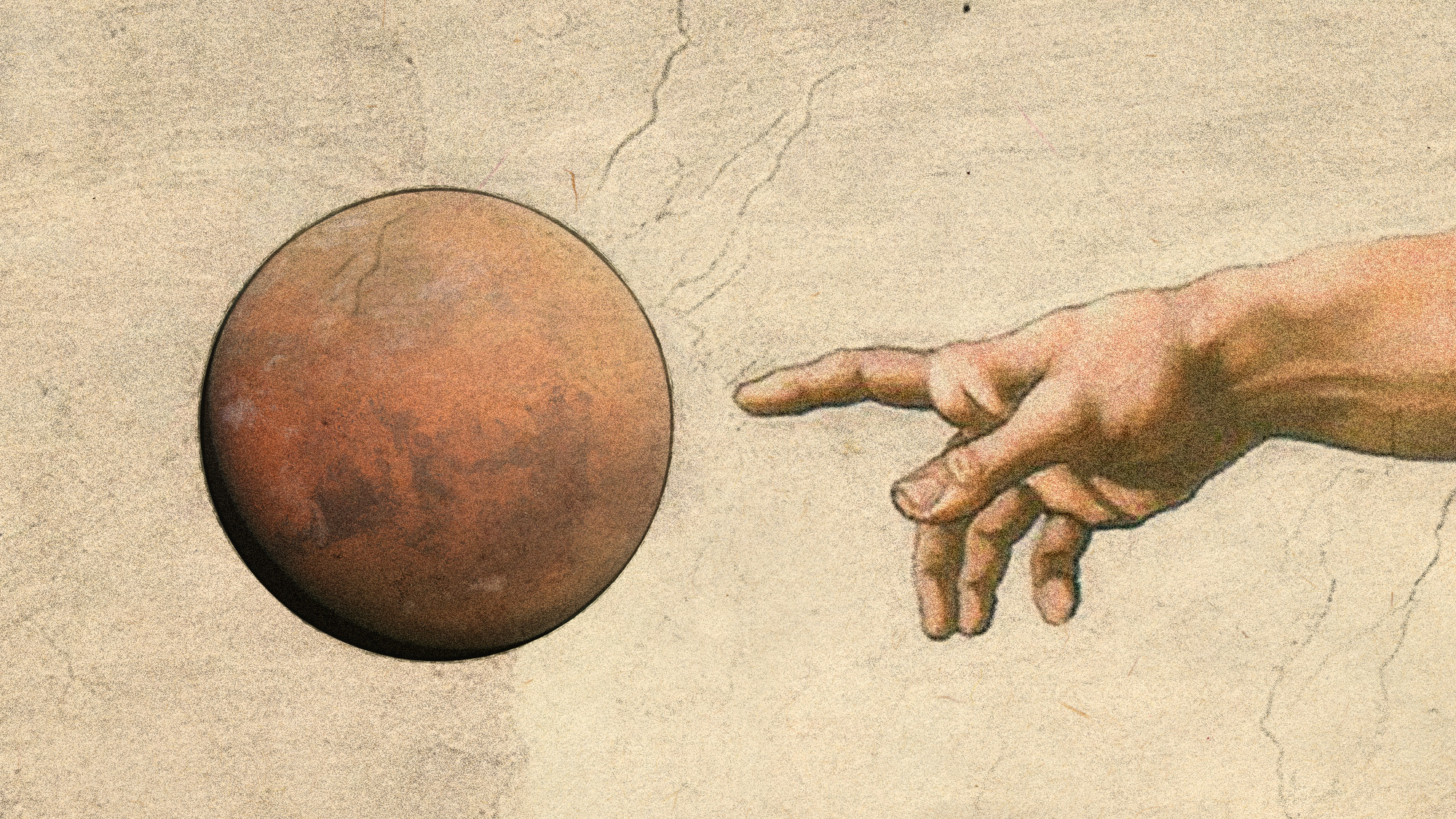 Answers to how life on Earth began could be stuck on Mars
Answers to how life on Earth began could be stuck on MarsUnder the Radar Donald Trump plans to scrap Nasa's Mars Sample Return mission – stranding test tubes on the Red Planet and ceding potentially valuable information to China
-
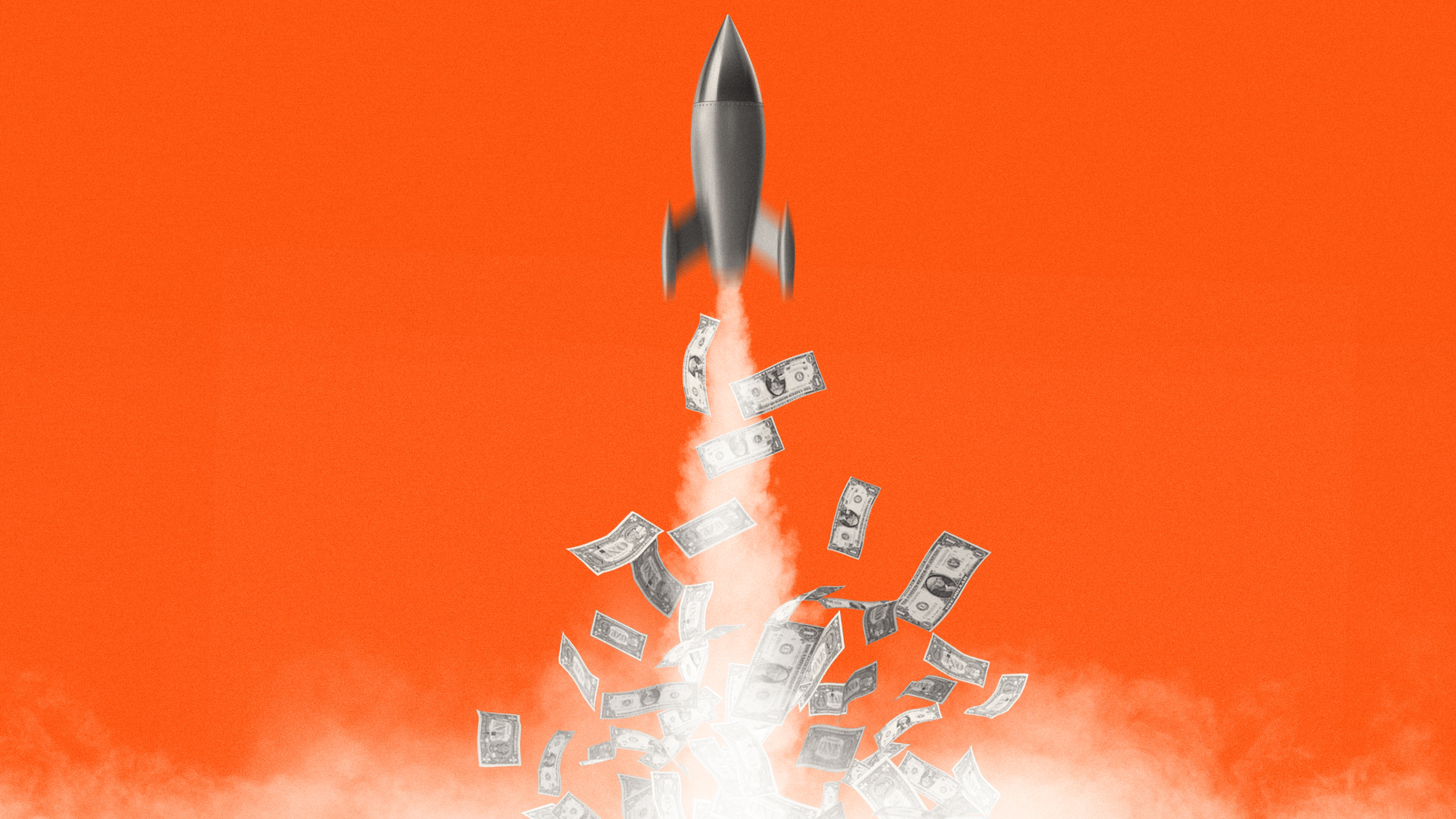 Why is Nasa facing a crisis?
Why is Nasa facing a crisis?Today's Big Question Trump administration proposes 25% cut to national space agency's budget in 'extinction-level event'
-
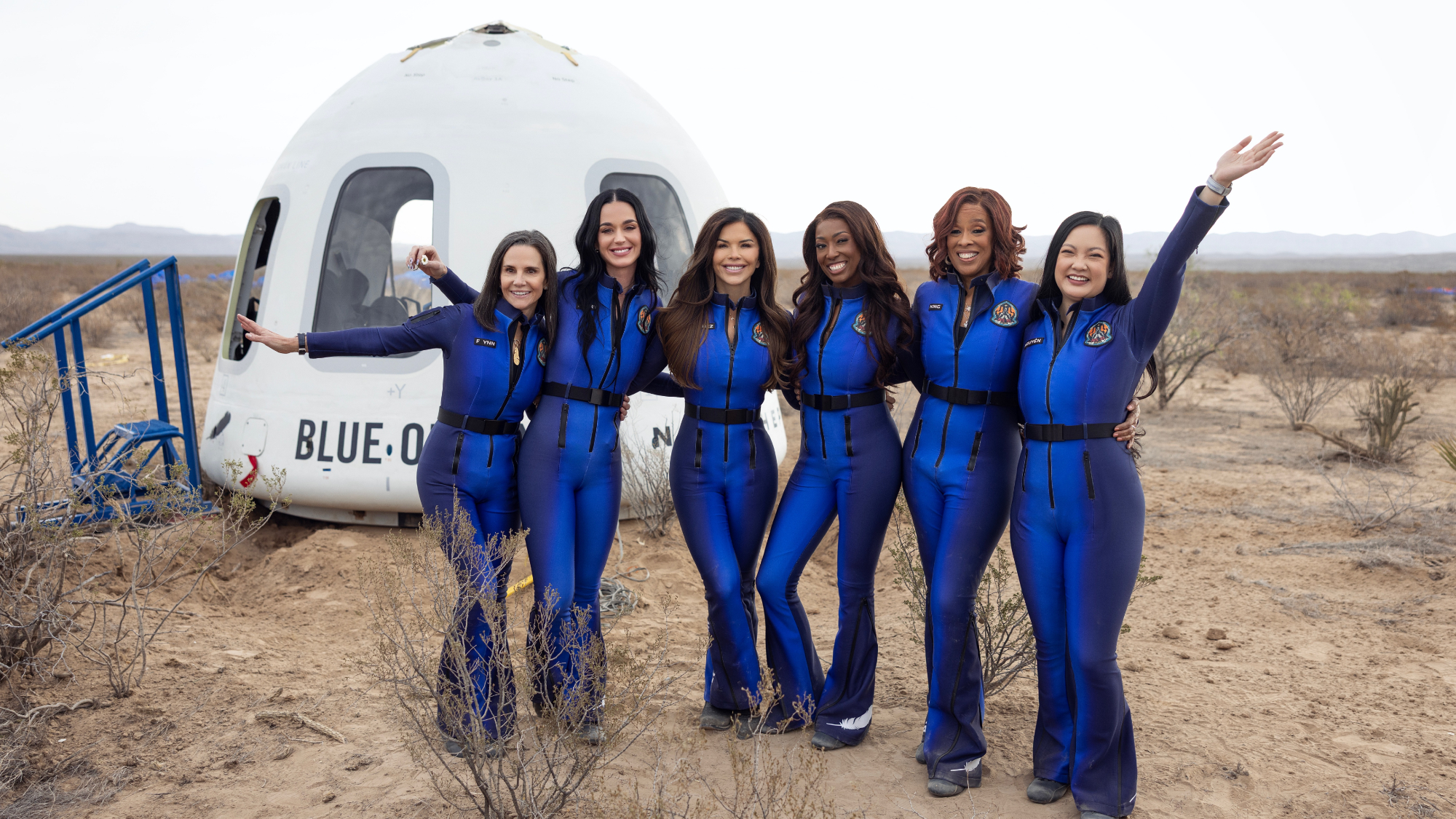 Katy Perry, Gayle King visit space on Bezos rocket
Katy Perry, Gayle King visit space on Bezos rocketSpeed Read Six well-known women went into lower orbit for 11 minutes